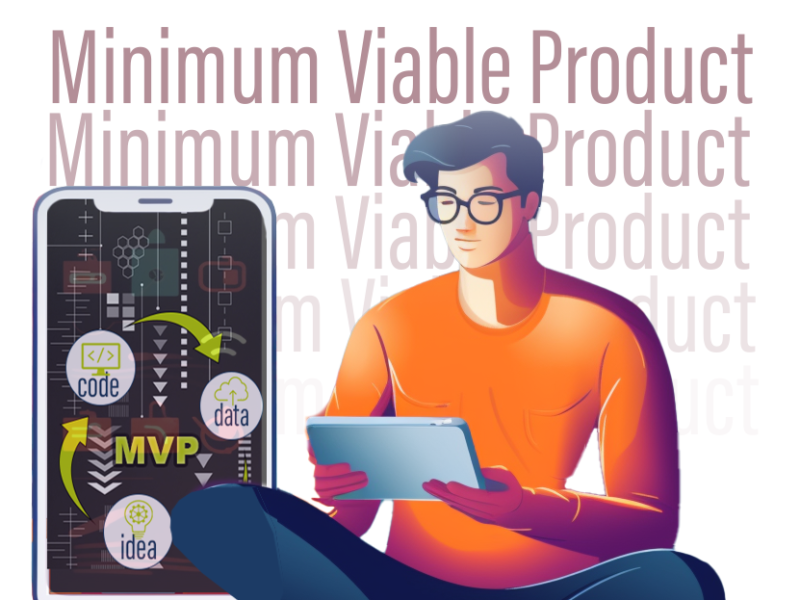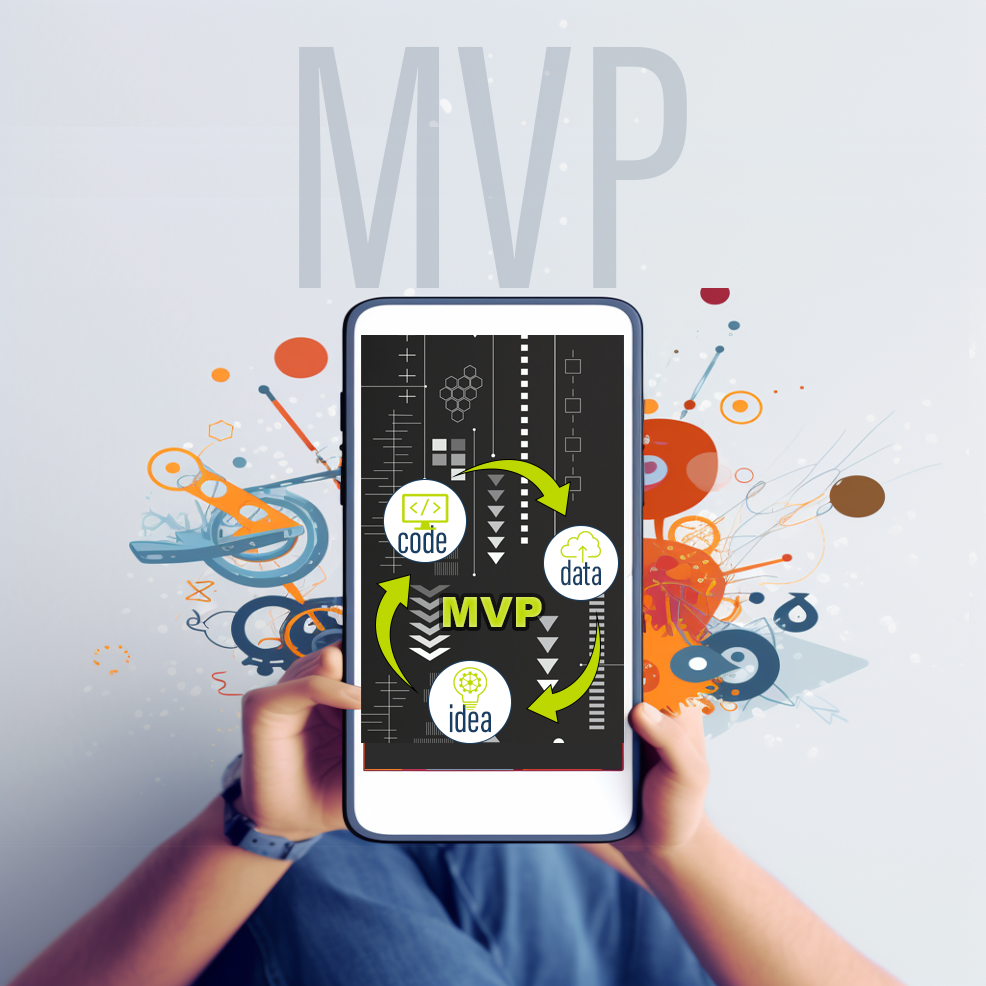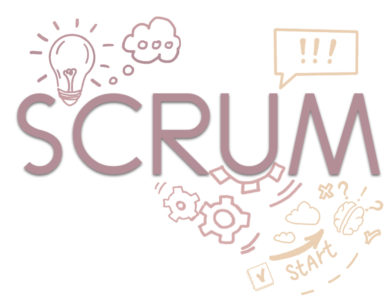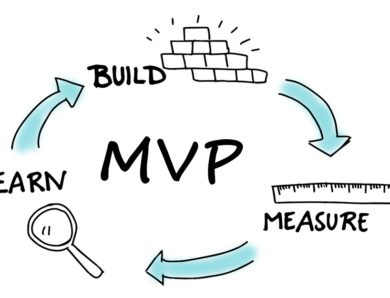
Maximizing MVP Success: A Comprehensive Guide
In the world of startups and entrepreneurship, the term MVP, or Minimum Viable Product, has become a cornerstone concept. It represents the initial version of a product designed to glean crucial insights from early users with minimal effort. This guide delves deeper into the intricacies of MVP development, its objectives, and essential hacks for its successful implementation.
The Significance of MVP
At its core, the MVP serves as a strategic tool for entrepreneurs to gather invaluable data from their target audience. By focusing on the minimum set of functionalities required, it allows for rapid learning and adaptation. The aim is to engage users who genuinely require the product, ensuring their active involvement and feedback.
Defining MVP Objectives
- Preventing Unwanted Product Development: The MVP acts as a safeguard against pouring resources into a product that lacks demand. It steers entrepreneurs away from creating solutions in search of problems.
- Maximizing Customer Learning: By deploying an MVP, entrepreneurs minimize the risk of financial strain or potential bankruptcy. It ensures that each step taken is a calculated one, based on real user feedback.
- Obtaining Early Proof and Evidence: Timely validation through an MVP provides tangible evidence of the product’s viability. It allows entrepreneurs to pivot, refine, or abandon their initial hypotheses before it’s too late.
Navigating MVP Challenges
Developing an MVP demands a shift in mindset. While it may require deviating from conventional professional standards, it should not equate to a haphazard approach. Instead, it calls for disciplined experimentation and a readiness to embrace potentially unfavorable outcomes.

Broadening the Scope of MVPs
Unlike traditional prototypes that primarily address technical concerns, MVPs extend their focus to encompass critical business hypotheses. This holistic approach ensures that entrepreneurs glean comprehensive insights, addressing not only the ‘how’ but also the ‘why’.
Running Effective MVP Experiments
An MVP serves as the foundation for running experiments. Its outcomes serve as the litmus test for the validity of initial hypotheses. The evidence gathered guides decision-making, steering entrepreneurs towards either refining their direction, pursuing it further, or considering a strategic pivot.
Embracing Agility in MVP Development
“Stay agile, work in a way you can adapt quickly to changes.” This mantra underscores the importance of remaining nimble in the face of evolving circumstances. It encourages continuous learning and adjustment based on user behavior and feedback.
Measuring Behavior for Informed Decision-Making
A well-constructed MVP allows for the observation and measurement of user behavior. It’s imperative to engage with users, delving beyond surface-level feedback to understand the underlying motivations and needs.
MVP Development in Four Strategic Steps
- Define Hypotheses: Engage the team in a collaborative effort to articulate and scrutinize initial hypotheses.
- Distill Core Value: Evaluate each idea or feature in terms of its fundamental value proposition. Identify what sets it apart and makes it indispensable.
- Prioritize According to Value: Establish a hierarchy based on the value proposition, ensuring that the most pivotal features take precedence.
- Prototype and Gather Feedback: Translate the prioritized features into a prototype and actively seek feedback from users. This iterative process refines the MVP for subsequent testing.
Incorporating these strategies and principles into MVP development sets the stage for a more informed, user-centric approach. It maximizes the potential for success, guiding entrepreneurs towards products that truly resonate with their target audience.




